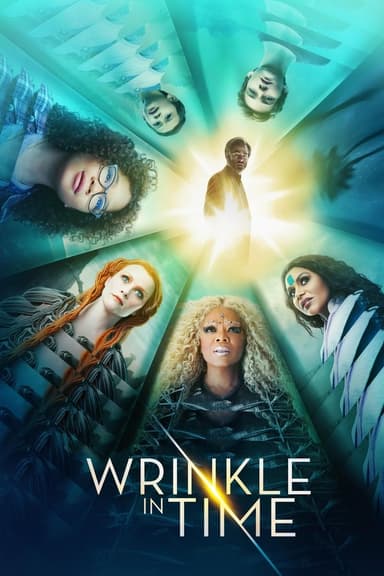
Dune: Part Three
2026 • Adventure, Science Fiction
The third and final installment in Villeneuve's Dune trilogy. Based on Frank Herbert's novel Dune Messiah.
Why you should read the novel
Experience the full depth and complexity of Frank Herbert’s imagination by delving into the original novel, 'Children of Dune.' Unlike a film’s necessary brevity, the book presents a sprawling narrative rich with intricate court politics, nuanced characters, and profound philosophical questions about destiny, ecology, and humanity. By reading the source material, you truly come to understand the motivations, dilemmas, and inner struggles of Paul Atreides’ children, Alia and Leto II, in ways film adaptations can only hint at.
Herbert’s skillful world-building envelops you in the nuances of the Fremen culture, religious fervor, the challenges of leadership, and the tragic consequences of power. The book interweaves internal monologues and philosophical debates that flesh out secondary characters and paint a more vivid picture of the universe, adding gravitas to every decision and betrayal.
Simply put, reading the novel gives you an unfiltered connection to Herbert’s core themes and writing style. No matter how visually stunning a film adaptation may be, the layers of nuance, thought-provoking subtext, and poetic language of 'Children of Dune' are most powerfully experienced on the page.
Adaptation differences
The adaptation of 'Children of Dune' as 'Dune: Part Three' involves condensing a very complex and layered narrative into a limited cinematic timeframe. Many of the book’s internal monologues and philosophical musings, particularly those of Leto II and Alia, are streamlined or omitted entirely to preserve pacing and visual engagement for a broader audience. This necessarily alters the way viewers experience these characters’ inner conflicts, especially the psychological depth of Alia’s descent into possession by Baron Harkonnen.
One major difference lies in the portrayal of Leto II’s transformation and relationship with his twin sister, Ghanima. In the novel, their complicated bond and shared prescience are central, featuring extensive dialogues and joint strategizing to outmaneuver their enemies. The film, however, often condenses or simplifies this dynamic, focusing more on Leto’s hero’s journey and spectacular visual effects, while some of the subtler manipulations and sacrifices are only briefly mentioned or shown.
Political schemes involving House Corrino, Jessica, and the Bene Gesserit are rich and complex in the book, interwoven with world-building details and philosophical dilemmas. The movie, in contrast, often concentrates these plotlines or shifts focus to action-oriented sequences, sometimes omitting key motivations or alliances. As a result, some of the book’s slow-burn intrigue and deeper commentary on power, religion, and legacy are softened for the sake of narrative clarity and runtime constraints.
The visually immersive elements of the adaptation—sandworm sequences, desert landscapes, and Fremen culture—are presented with breathtaking cinematography, but often at the expense of the dense ecological and metaphysical commentary woven throughout the novel. While the film captures the mythic grandeur and spectacle, readers of 'Children of Dune' will notice a loss of nuance in theme, character introspection, and the intricate tapestry of Herbert’s prose.
Dune: Part Three inspired from
Children of Dune
by Frank Herbert











